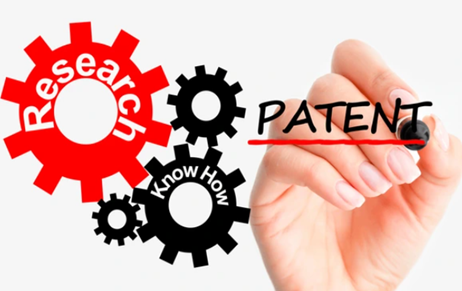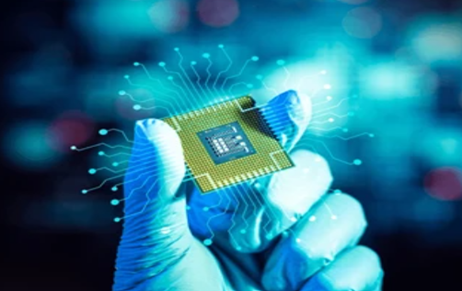The fifth generation of wireless technology (5G) is a transformative leap in mobile communications. This…
Edible Water Bottle/Container: Technological Perspective
A bottle or container which is made of plastic, glass, or metal for holding drinking water is well known in the art but a bottle or container which is consumable along with of water, liquids or other beverages sounds very interesting and unbelievable, isn’t it?
Conventionally known, bottles can be made of plastic, glass, material but the main difference between each type of bottle is the flexibility of the material. In the past, bottles were used for storing drinking water and other beverages over the advantage of being durable, lightweight, and easy to carry. However, the common and convenient practice of drinking water and other beverages from plastic bottles comes with problems. About 50 billion plastic water bottles made of polyethylene terephthalate (PET) are produced in the United States each year, and most are discarded. Polyesters like PET can be broken down through hydrolytic degradation and the ester linkage can be cut by a water molecule, but this reaction proceed differently in case of acidic or alcoholic condition under temperature 200-300 °C. Based on this PET is considered asnon-biodegradable material which will take more time to decompose such as 450 years. According to the National Association for PET Container Resources, the recycling rate for PET has held steady at 31% since 2013. Using plastic bottles also produces negative effects on health and environment also.Plastic drinking bottles contain many chemicals, which are harmful to human and animals body.Even though plastic drinking bottles are recyclable, most end up in landfills or as litter.According to National Geographic Kids survey, only one plastic bottle recycled out of every six plastic bottles. Therefore there exists a need to use a renewable, bio-degradable, eco-friendly, reusable packaging materials for liquids which may be consumable along with the liquids thereby avoiding need for throwing used packaging around creating and increasing different types of pollutions.
With the advancement in the technology, researchers have now come up with an edible water bottle (water ball) which has capability to set an end to plastic packaging requirements. A water ball is new way of packaging a liquid, say water, that proposes an alternative to the plastic bottle. Te sociality of water ball is that it’s consumable or chewable. Yes, you read it right, the edible or consumable or chewable water bottle is a blob or drop-like water container which is made from sodium alginate gel. The biodegradable blob is created to make a more environmentally friendly alternative to plastic bottles. The water ball encloses a small volume of water in a membrane which is made from brown algae and calcium chloride.
The water ball is prepared by dropping ice (frozen liquid) into separate solutions of calcium chloride and brown algae and membrane form around it. This process is called as spherification process. The technique of spherification, of shaping a liquid into spheres which visually and texturally resemble caviar born in 1946 is disclosed in US Patent 2403547. Using the culinary technique of spherification, the water is enclosed in a double jellylike membrane. The technique consists into apply sodium alginate (E-401) which is natural product of the brown algae and calcium chloride (E-509) in a concrete proportions in order to generate a gelification on the peripheral of the liquid.Calcium deposited on the membrane creates hardened membrane, and hard shell in the manner of an egg shell.The final package is simple, cheap resistant, hygienic, biodegradable and even eatable. The edible water ball is tasteless, although flavors can be added to it.
Recently, Skipping Rocks Lab has actually implemented this concept and come up with a bio-degradable, edible water bottle (water ball) and the ball is named as “Ooho”. The water ball is a spherical packaging made of seaweed, entirely natural and biodegradable. The edible container can be consumed directly. A layer of edible container can be unwrapped off to keep the peripheral clean for consumption. The water ball will replace millions of plastic bottles thrown away every year.
Further to it, Le Labogroup SAS has filed a patent application (EP 2759212 A1) on an edible water bottle technology which talks about edible or potable substances which can be transported in biodegradable vessel. The technique for preparation of water ball consists a process in which a frozen liquid is dipped into separate solutions of calcium chloride and brown algae and membrane form around it.
REFERENCES
[1].https://www.youtube.com/watch?v=KppS7LRbybw
[2]. https://www.designboom.com/project/ooho/
[3]. http://www.oohowater.com/
ABOUT THE AUTHOR:
Shubhangi Dhakane, Patent Associate at Khurana & Khurana, Advocates and IP Attorneys who can be reached at shubhangi@iiprd.com



